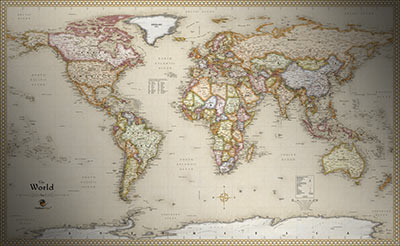

The way you group units, the way you build them, the way they engage in battle, it’s the same and it’s all just as fun, just as responsive.

It plays almost exactly the same as it’s predecessors. The sight of sunset bleeding over some windswept sand dunes, or of smoke billowing from a destroyed carrier, is just ungh. You’ll see the Unity logo when firing the game up, and aside from some isolated and weirdly inconsistent slowdown issues during cutscenes and battles, this game more than anything else is a showcase as to how damn pretty games can look on this most flexible of engines. These are some of the coolest sci-fi unit designs on the planet, and I’ve never wanted a collection of models of something more than I’ve wanted them for this game. The art design, as you’d hope for a Homeworld game, is simply astounding.


The game wants to tell an epic story, and it’s dressed appropriately. It paints the desert world of Kharak in the same epic brushstrokes as Relic rendered Homeworld, every cutscene (and yes, they’re the same excellent “2D” cutscenes that Relic’s older games were so good at) packing panoramic black bars, every camera angle panning across a gorgeous landscape. Deserts of Kharak is one of the best RTS games I’ve played in a long time. With ground, and gravity and a sky.Īny fears that the old formula wouldn’t work on this new landscape are quickly dispelled, though. Instead of this game being set in space, and allowing you to move your units along the X Y and Z axis, Deserts of Kharak is set on a planet. It even shadows much of the storyline, with players cast as a small force huddled around a powerful ship, racing through hostile territory with the enemy nipping at their heels. Sorry if I’ve yammered on about the old Homeworld games for so long when I’m supposed to be talking about a brand new video game, but it’s important to bring up because Deserts of Kharak has all of it. The way it married groupings, clear unit class icons and on-point radio chatter meant that in addition to battles developing in front of your eyes, you could also keep track of everything using your ears too. Which it needed to be, since battles would often develop pretty quickly.


 0 kommentar(er)
0 kommentar(er)
